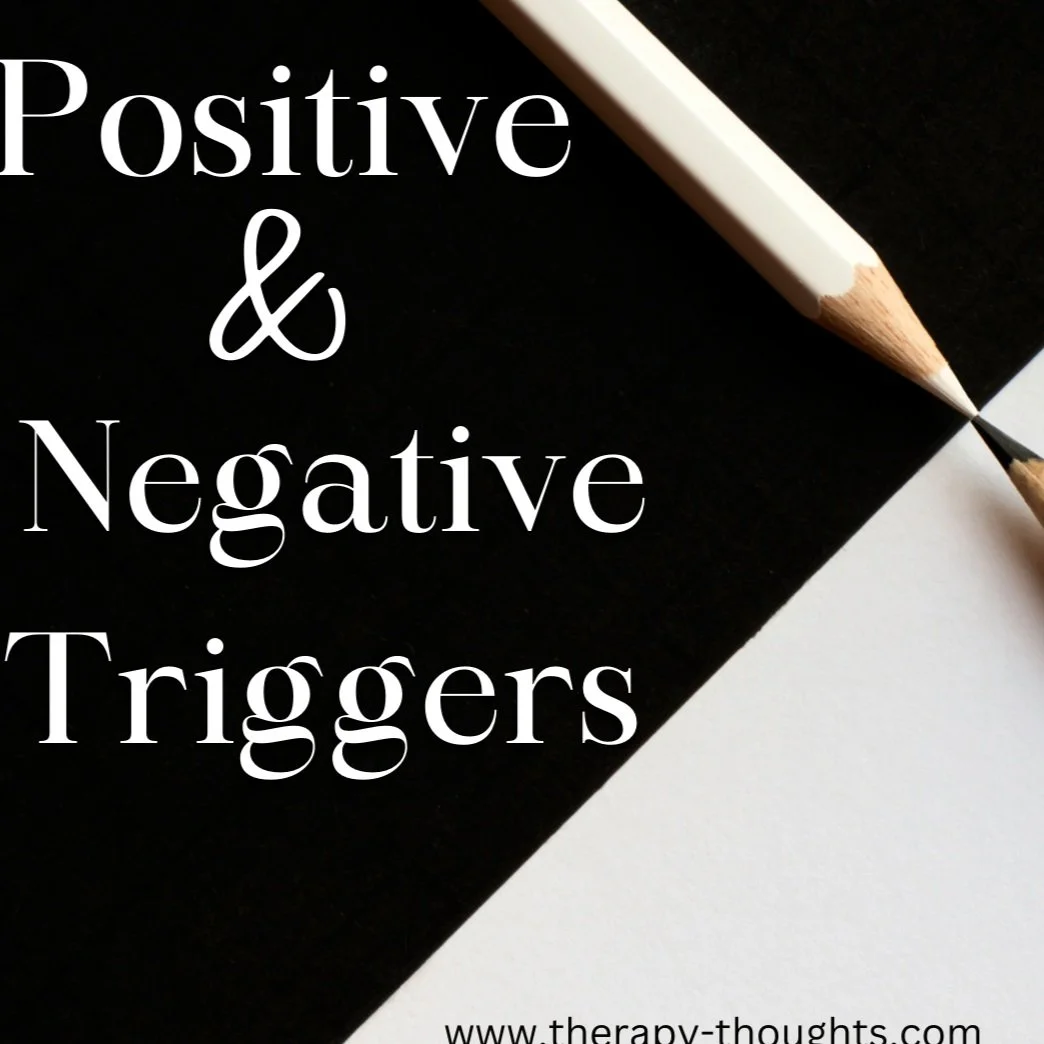Blogs for Classroom & Counselor Strategies
CBT Spotlight: Teaching Kids How Emotions Impact Our Choices
Cognitive Behavioral Therapy focuses on the interactions between our emotions, our thoughts, and our behaviors. These can seem like complex concepts when working with children and teens, but this strategy that I’ll be describing can help even those young minds begin to build their awareness of what is happening inside their brain and how they can help regulate it.
Classroom Items for Regulation Skill Building
As I mentioned in the trainings, I’m linking some items that can be used with the curriculum to add more visual, tactile, or auditory engagement. These are not necessary for the strategies to be effective though, just additional resources that you can utilize.
Dr. Siegel’s Hand-Brain Model & Upstairs/Downstairs Model
Dr. Daniel Siegel, a renowned neuroscientist, developed two models to help explain how our brain engages with the Fight-or-Flight Stress Response and why we should engage in regulation strategies to help regain control over our brain’s response.
Positive & Negative Triggers
This post is to discuss both types of triggers, positive and negative, and why being aware of your specific triggers can be a very valuable tool and how you can use it.
Deep Breathing
Deep breathing is likely something you have heard about before, but do you know why it is beneficial and what it does in your body when you’re stressed?
My Favorite Sensory Tools For Emotional Regulation
If the child you’re working with can often get frustrated, worried, or sad and have difficulty communicating or expressing those feelings in healthy ways, these tools can help them engage their 5 senses for better emotional regulation.
Helping Students With Obsessive Compulsive Disorder OCD
These are some strategies to help students challenge their OCD thoughts and behaviors more effectively, but they also hold true for teens. These can be done alongside collaboration with a student’s therapist or psychiatrist.
Anxiety-Preteens & teens
According to the National Institute of Mental Health (NIH) approximately 31.9% of teens in the US have a form of an anxiety disorder. It’s about 38% of teen girls and 26.1% of teen boys. That is a significant amount of youth struggling and untreated anxiety can lead to more mental health concerns. The strategies I will discuss can be great tools for working with pre-teens and teens.







